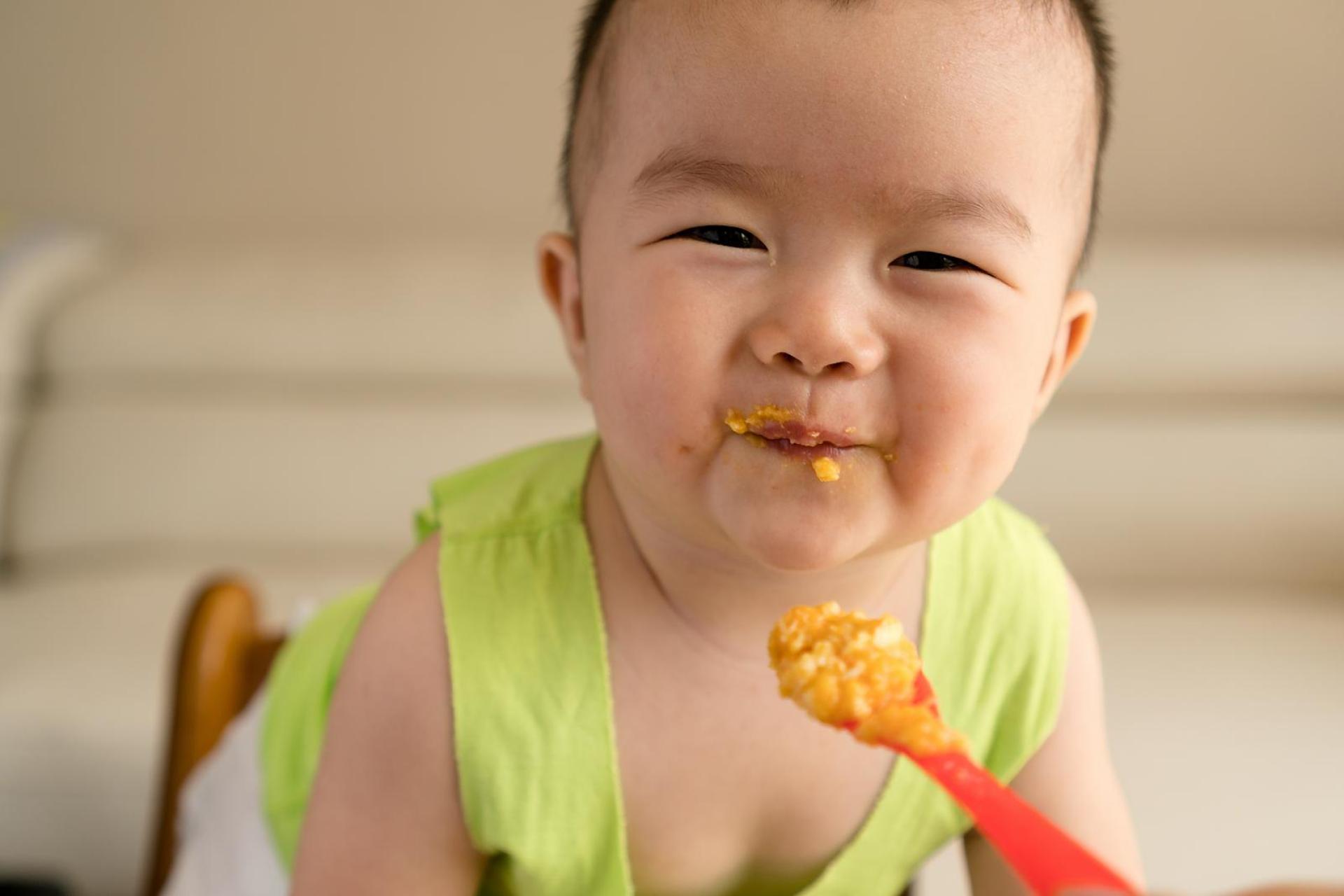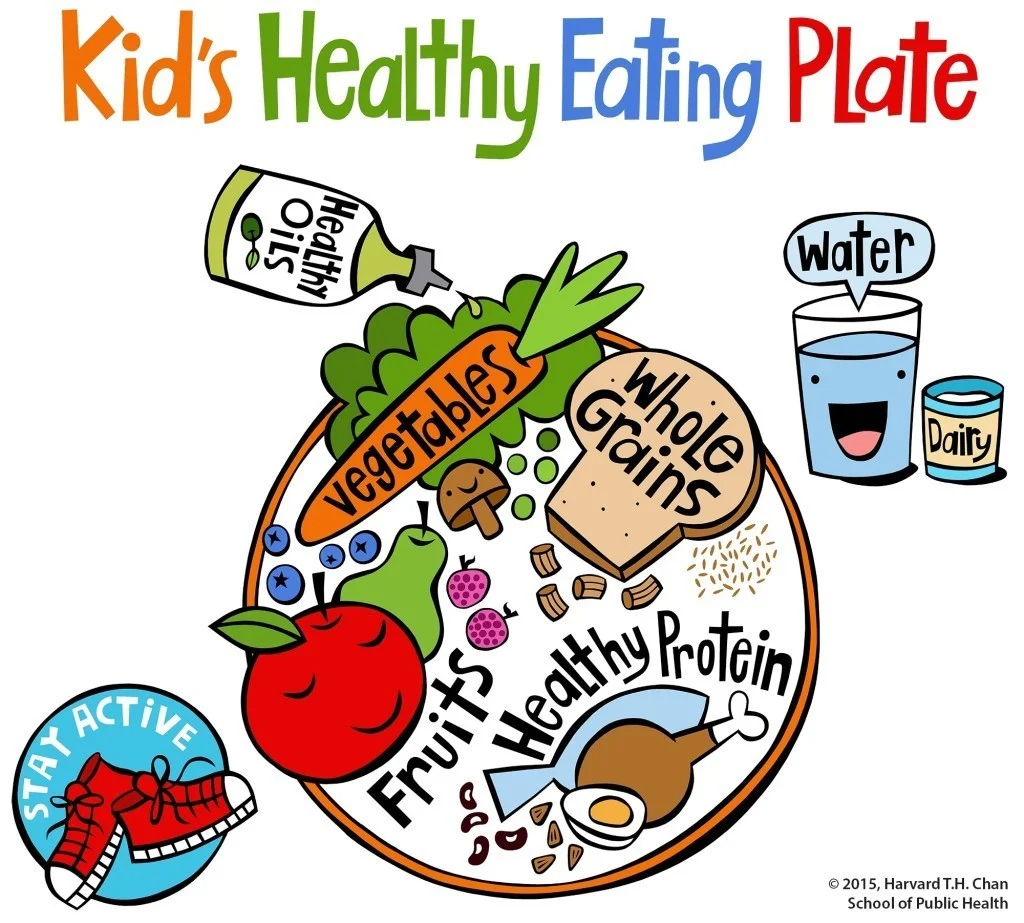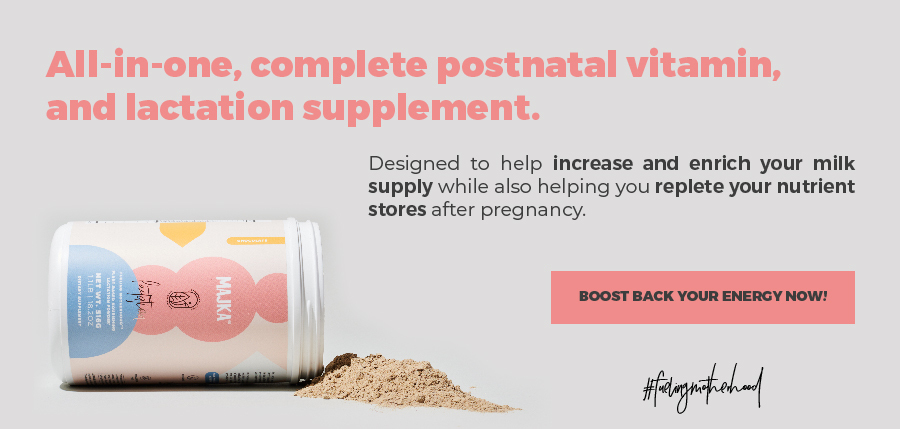
Daily routine as well as keeping up with social life can get in the way of maintaining a healthy diet, but knowing what a healthy diet is and what isn´t may be of help to make the choices you need in order to maintain your family’s diet as healthy as possible.
Keep in mind that your child is always watching and learning by your example, so if he/she is seeing healthy eating habits at home, it is most likely that he/she will adopt them.
In this article, we will tell you about what eating healthy for a child means in general terms, but be aware to keep your healthcare provider close to know what specific needs your child may have.
What is a healthy diet for a child?
Nutrition for kids isn’t very different from nutrition for adults; we all need to intake vitamins, minerals, carbohydrates, protein and fat but this does depend on your size, age, activities and health condition.
What are the ideal plate proportions?
Nutrition experts at Harvard T.H. Chan School of Public Health have created The Kid´s Healthy Eating Plate with a focus on diet quality and it is designed to have a visual guidance for kids to learn how eating healthy looks like:

This is based on the adults Healthy Eating Plate since, as we mention, children’s diet isn’t as different as adults’.
The main thing to keep in mind when it comes to plate proportions is to include water, healthy oils, plenty of vegetables, fruits, whole grains and healthy proteins in the daily diet.
Do’s:
What are the do’s and don’ts of a child’s diet?
- Choose a great variety of vegetables.
- Offer plenty of fruits of all colors.
- Add whole grains (that aren’t processed such as whole wheat, brown rice and quinoa).
- Include protein such as fish, eggs, poultry and a plant-based healthy protein such as beans, peas, nuts and seeds.
- Use healthy oils from plants such as extra virgin olive, canola, corn, sunflower, and peanut oil.
- Maintain hydration with water (or breastmilk and formula if your baby is under 12 months of age).
We also recommend to maintain a routine, do not skip meals and eat in the kitchen with no distractions; encouraging your kids with a happy environment while eating can make it easy to have a healthy diet.
Dont’s:
- Do not think of french fries as a vegetable (it has a negative impact on blood sugar).
- Avoid sugary drinks such as juice and soda.
- Avoid ultra processed food such as donuts, cookies and chicken nuggets
- Avoid saturated fats which mostly come from animal products such as red meat and hot dogs.
- Avoid products that have a lot of sodium in them and don’t add too much salt while cooking.
Keep in mind that it is easier to eat unhealthy food if the kitchen is packed with this kind of food products that are also easy to find, eat and taste good. So, keeping your fridge and kitchen full of healthy snacks will make it easy for your children and for you to maintain a healthy diet.
Some signs that may tell you if your child isn’t having a healthy diet could be: your child being underweight or obese, constant constipation, tooth decay, poor physical growth, poor concentration and sleep issues among others.
What impact does a child’s diet have on his/her adult health?
It has been found that an early-life healthy diet has a good impact on the gut microbiome (all the bacteria that lives in the intestines and helps to maintain health).
Also, a Low-fiber diet in childhood can cause constipation, and put children at greater risk of developing bowel cancers and heart disease later in life. On the other hand, eating enough fiber can protect against excess weight gain and type 2 diabetes.
Eating foods high in fat, sugar, and salt as a child can increase the risk for high cholesterol, high blood pressure, and atherosclerosis as an adult.
Kids that have a diet poor on nutrition are also more likely to develop certain long-term health problems and complications such as osteoporosis and cardiovascular diseases.
How to help picky eaters to have a healthy diet
Nobody likes to be pushed to do something they’re not ready or not comfortable yet doing, neither does your child. So, instead of fighting or pushing him/her to eat whatever you are offering, try to maintain a calm and friendly environment while having a meal.
Here we share with you some recommendations that could help you through this process:
- Offer small portions instead of a lot; make an easy target and not an overwhelming one.
- Make a fun meal, it may be easier to eat from a plate that is attractive than a boring one.
- Eat the same as your kid, setting an example will always help your child to reproduce the behavior.
- Make your kid a part of the meal preparation by picking fruits at the market and washing vegetables together.
- Help to focus, don’t add many distractions such as screen time when it’s time to eat.
- Be patient, a kid may need to try the same thing several times before liking it and that’s ok, keep offering healthy options even if he/she has said no before.
- Make meal time a nice environment, chatting with your kids and having a nice time can help take the pressure off and your kids may feel more comfortable to try new food if they dont feel pressure or watched while doing so.
In Breastfeeding 101 we hope this information has helped you to learn more about your child’s diet and the do’s and don’ts about it. If you want to learn more about your child’s health you are always welcome to follow all of our content.
In the following, we share with you some of the sources that made this article possible in case you want to deepen more on this topic:
Childhood diet has lifelong impact I ScienceDaily
Children, food and nutrition I unicef
Children’s Hospital Melbourne
Factors Influencing Children’s Eating Behaviours I National Library of Medicine
Healthy Eating Plate I Harvard T.H. Chan
How To Deal With a Picky Eater Toddler I Cleveland Clinic
Kids Healthy Eating Plate I Harvard T.H. Chan
Nutrition for kids: Guidelines for a healthy diet I Mayo Clinic
Nutrition – school-age to adolescence I The Royal´s
The nutrition source I Harvard T.H. Chan
What are ultra-processed foods and are they bad for our health? I Harvard Health Publishing
Annie Rueb






